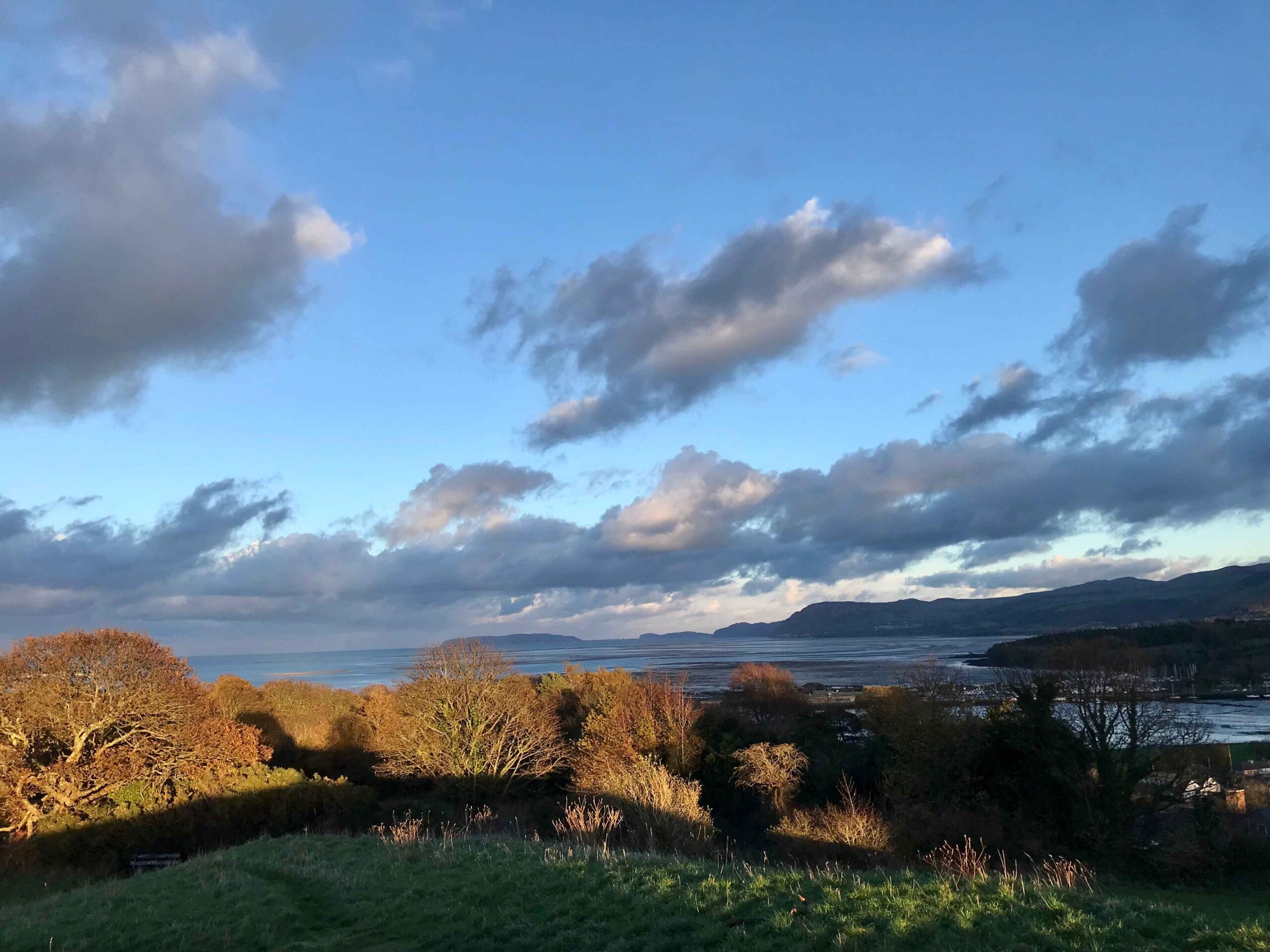There are so many reasons to travel to Wales—Cymru, in Welsh. The land, the history, the people. And as a recent ad campaign suggests, the hwyl.
Wales is mostly rural, and best suited for adventurers (of any skill level) who enjoy the outdoors, want to get off the beaten path, and don’t mind a little rain.
Arriving in Wales by plane
Cardiff does have an international airport, but if you’re flying from North America, your likely entry points are Dublin, Manchester, or London.
For the purposes of my itinerary, I’m going to assume a Dublin arrival, which then involves taking a 3.5-hour ferry to Holyhead (Caergybi).
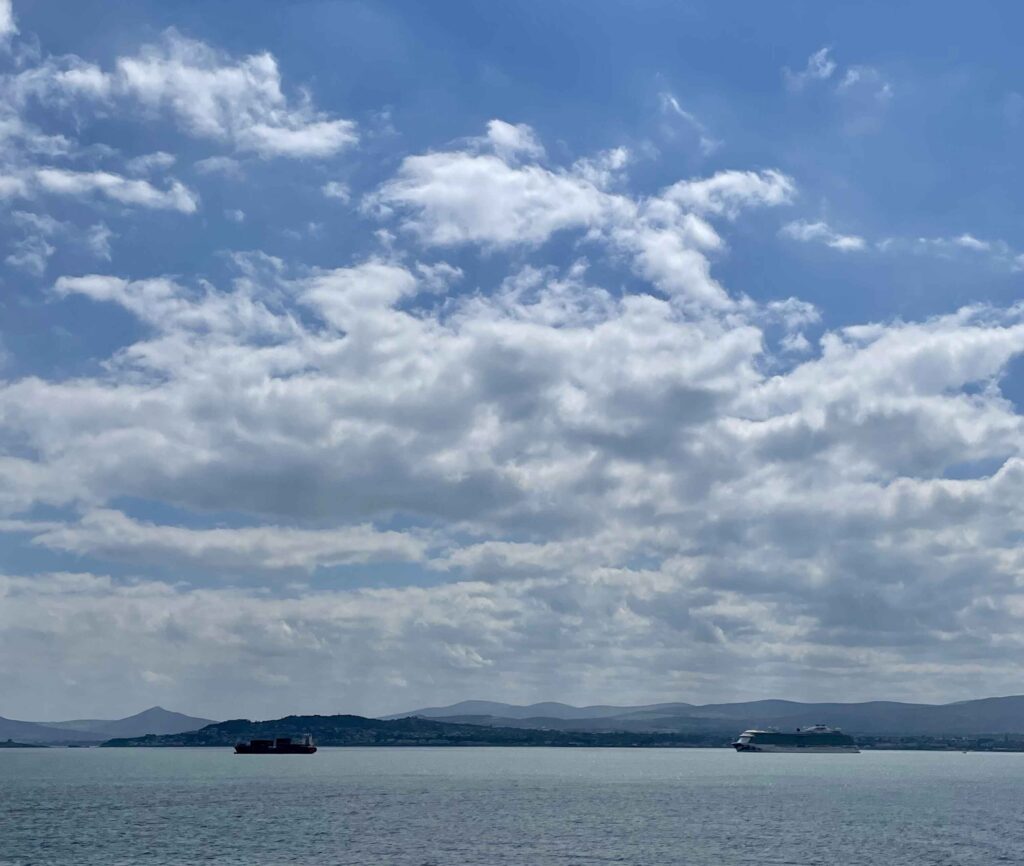
Day 0: Leave Dublin
On departure for Cymru, try to get a ferry that arrives in Holyhead by 6 p.m. This will give you a few hours in the morning to enjoy Dublin or sleep in and recover—and, just as importantly, time to settle in and grab dinner on arrival in Wales.
→ Everything in Wales closes by 5
The nice thing about the ferry is that it’s generally more low-key than a noisy and crowded train from London. Once you check your bags (free of charge), you can go on board, enjoy a pint or some coffee, and relax (or nap!).
When you book the ferry, don’t forget to add a bus ticket from Dublin’s city centre. There are a number of pick-up points along the River Liffey.
On arrival in Holyhead, it’s a short walk across the ferry terminal and into the train station. Grabbing a train to nearby Bangor, Conwy, or Llandudno couldn’t be easier.
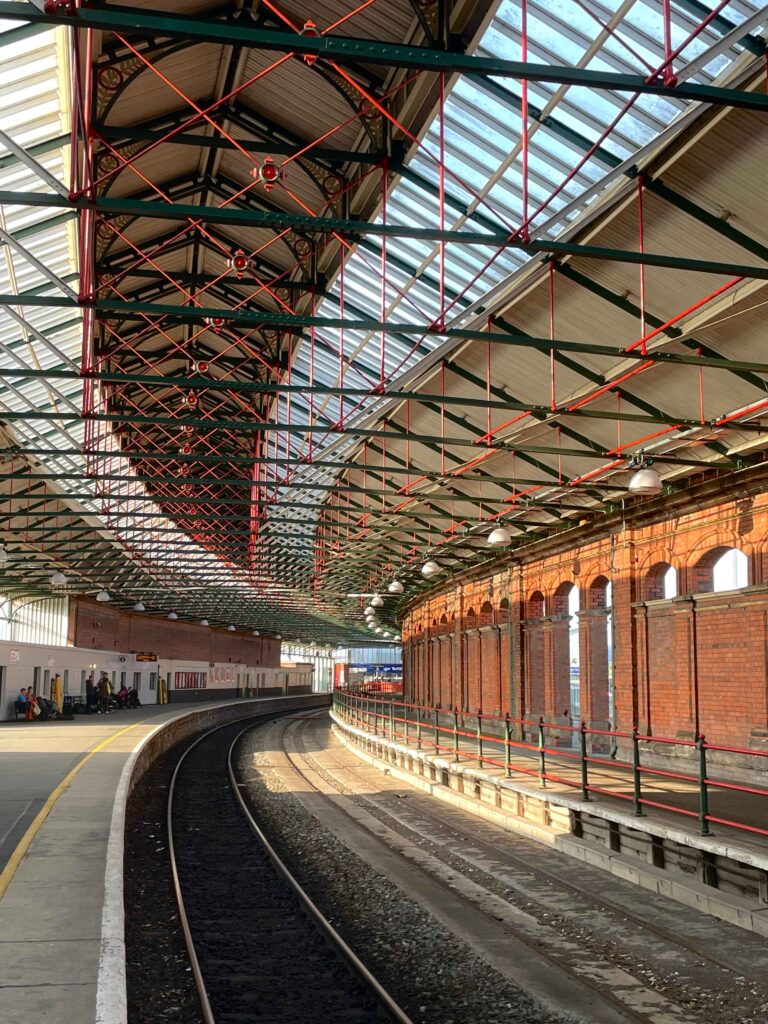
Days 1 and 2: Bangor and the Menai Strait
Alternatives: Conwy, Llandudno
Bangor is a great home base for your time in North Wales (Cymru Gogledd). Although Bangor is the largest town in the area and home to a major university, it feels distinctly off the beaten path.
Despite a somewhat downtrodden reputation, Bangor has a lot to offer: most famously, its Victorian pier—the second longest in Wales. With its stunning 360-degree views of the Irish Sea, Ynys Môn (Anglesey), and the Eryri (Snowdonia) Mountains, it’s well worth the 50p admission. The café at the end is open every day until the pier’s closing time, and offers a range of locally sourced products.
The Roman Camp, a short (but steep) hike from the pier, also has a fantastic view over the whole valley. It’s usually rather quiet, and is just down the road from the university. If you fancy a coffee, head to Reubens. If you’re after a pint, go to Tafarn y Glôb, Bangor’s go-to pub for Welsh speakers. (Don’t worry, Anglophones are very welcome!) If you’re there on a Tuesday, check in to see if Noson Werin is on (folk music night).
If you want to feel a bit like you’ve stumbled into Hogwarts, it’s worth taking a quick look in the university library, which is less than five minutes from both Y Glôb and Reubens.
No trip through Bangor is complete without a stop at domu, a vegetarian restaurant co-owned by Dale and Svet, featuring a mix of Ukrainian- and Welsh-inspired dishes. Be warned, everything is made from scratch and the restaurant is quite popular. They do sell out. Best to make a reservation in advance (can be done via Instagram), or show up by 12:30 or 1 at the latest.
Bangor Cathedral is next to domu, and it’s worth popping your head in to take a quick look if you’re interested in learning more about the city’s 1,500-year history. If you crave more of the outdoors, check out the Wales Coast Path, which includes impressive views of Penrhyn Castle and the Eryri Mountains if you head east from the waterfront.
Possible day trips:
- Take the bus to Caernarfon (3 or 4 buses an hour, 40-minutes) to see the UNESCO-designated world heritage site and bastion of Welsh language and culture. Ask for an all-day return pass.
- Take a bus up to Llanberis, which is in the heart of the Eryri Mountains. Like Caernarfon, this is an important home for the Welsh language and home to the nation’s last operating slate mine. You can visit the Dolbadarn Castle, take a short hike to Ceunant Mawr—or even hike Yr Wyddfa! Note, it’s about an hour up to Llanberis and there are far fewer buses connecting it with Bangor. Make sure to plan ahead.
- Take an old-fashioned steam train to Beddgelert. Departures from Caernarfon. Prices are a little steep, and the train is old-fashioned in appearance, style, and comfort, but it’s an absolutely gorgeous and unique way to see the Eryri Mountains from a new angle. Though the stop is brief, Beddgelert itself is a charming village, with a legendary history of its own that’s worth exploring.
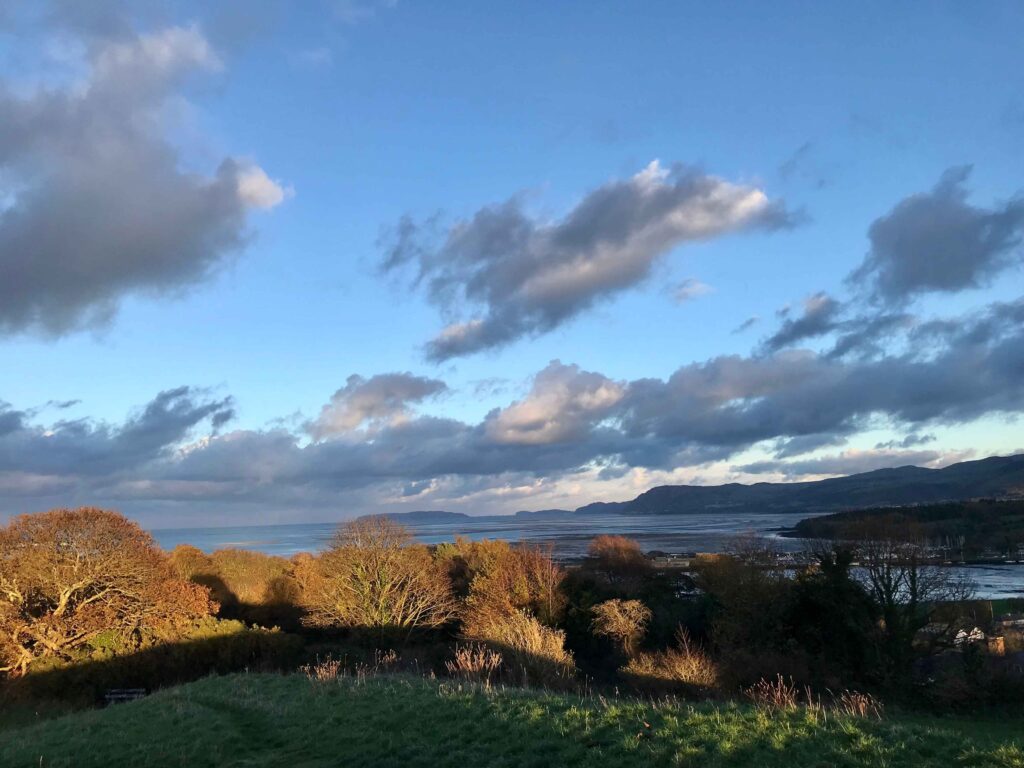
Next stop: Aberystwyth.
Take the T2 bus from Bangor to Aberystwyth. It’s a bit of a hike over the mountains, nearly four hours, but the journey is gorgeous, the bus fleet is new, and the fare is inexpensive—especially when compared with the cumbersome and costly TfW journey by train.
Aberystwyth is the terminal for this line, so rest easy, without worry about missing your stop.
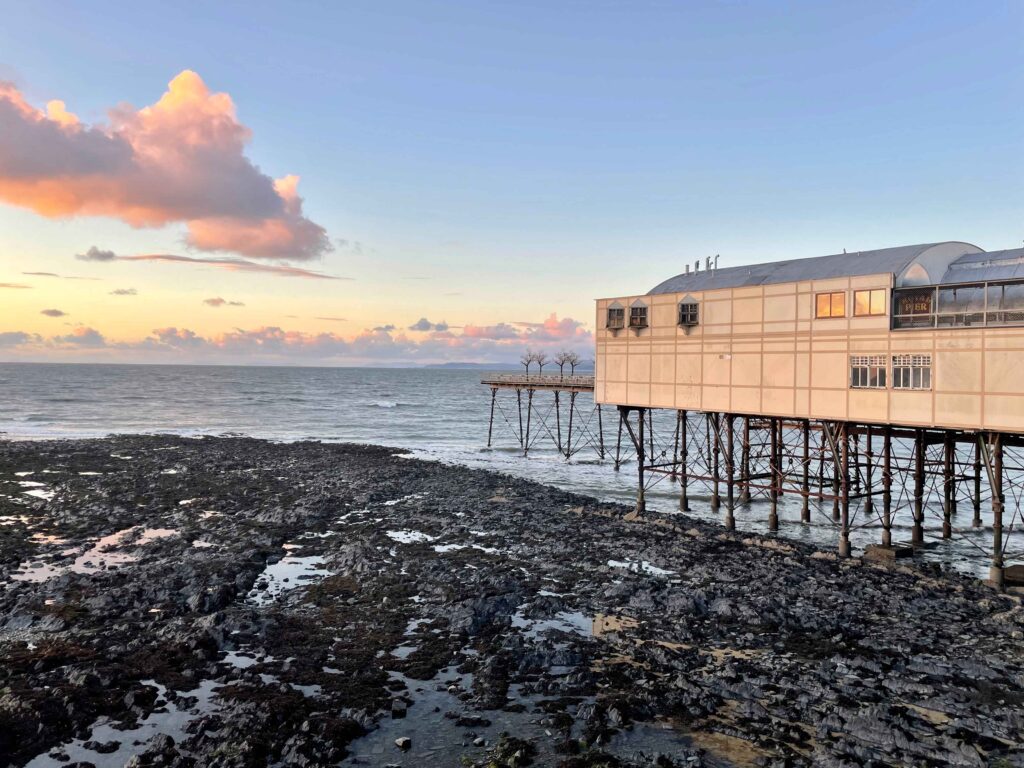
Days 3 and 4: Aberystwyth
Alternatives: Machynlleth, Dolgellau
No matter where you are in Cymru, it takes a long time to get to Aberystwyth. It’s a good halfway point as you head south, and an ideal place to return after a day exploring the southern end of the Eryri Mountains.
Home to one of the oldest university in Wales, Aberystwyth has a decent selection of dependable pubs, cafés, and restaurants—including a great fish and chips joint on the pier. Some of the best we’ve had in Cymru.
If you’re looking for adventure, take the T2 bus back up to Dolgellau or Minffordd Hotel and hike Cader Idris, one of Wales’ most legendary mountains. I did this more than a decade ago with my dad, so my memory of it isn’t the most reliable. It’s a significant climb, and not to be taken lightly.
Being on the Irish Sea, the Wales Coast Path runs through Aberystwyth—north toward Borth and its prehistoric submerged forest, and south toward Llanrhystud.
If hiking or mountain climbing doesn’t sound appealing, another option I haven’t tried (but plan to!) is the steam train up to nearby Devil’s Bridge. You can also take the train to nearby Machynlleth, and take a ride on the stunning TfW line up the coast toward Pwllheli.
Next stop: Swansea.
Alternative: Cardiff
Get a bus to Carmarthen. You can buy this through the TfW as a rail replacement service, or buy as you board. The bus will drop you at the train station in Carmarthen, where you pick up a short train to Swansea in the heart of South Wales (De Cymru).
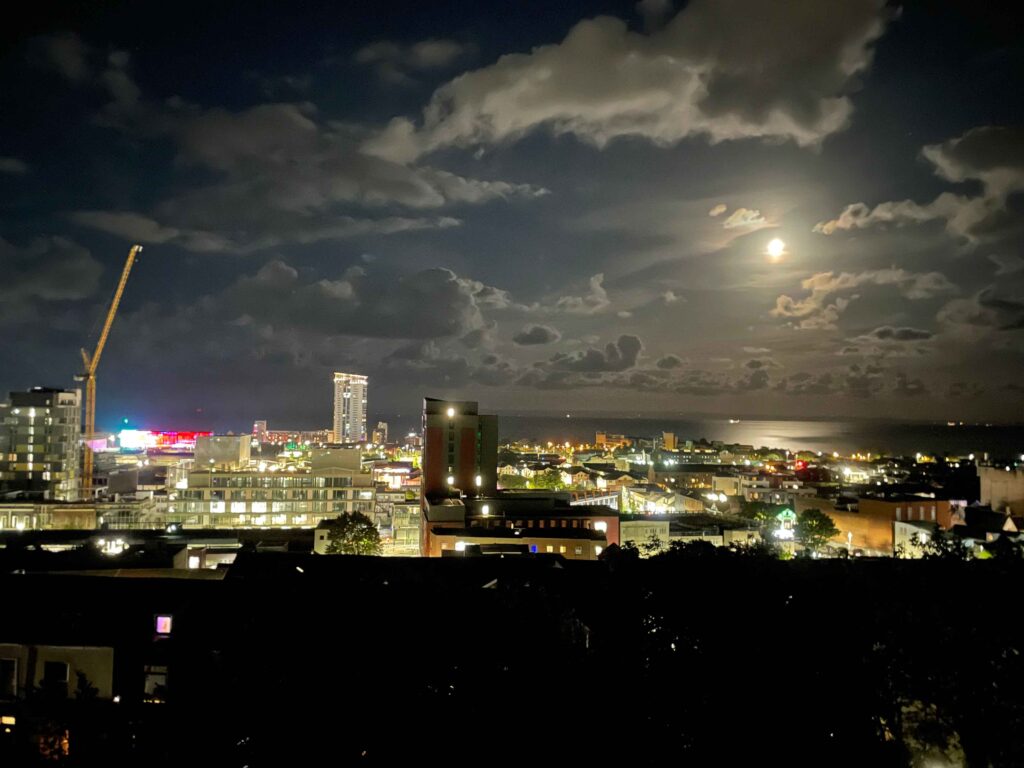
Day 5 and 6: Swansea (Abertawe)
Having traveled all the way south from Bangor, you’ve hit the sea once again. On a clear day, you can see England on the other side of the Severn.
Like Bangor, Swansea has a bit of a reputation for being rough around the edges. Dylan Thomas’ “ugly, lovely town.” A post-industrial city trying to reinvent itself.
Although the city is rife with regeneration—new student accommodation, the renovation of Albert Hall, the marina—it also bears distinct signs of its past, including the Swansea Indoor Market (open 8-5, closed Sundays). This is no hipster haunt. This is the real deal. Butchers counters, vegetable stands, kitschy tourist traps, hot-off-the-griddle Welsh cakes (try the cherry ones). Open for breakfast and lunch, Kardomah Cafe is just around the corner with its distinctly mid-century ambiance and unfussy, reliable, and satisfying food.
A 20- or 30-minute walk westward, and you’ll find Dylan Thomas’ childhood home, where he wrote the majority of his published poetry. Although I’m no aficionado, my visit was one of my favorite things I did during my time in Cymru. The house has been carefully restored, and my volunteer guide, Clive, was outstanding in helping me understand Dylan Thomas’ life and legacy. Even if you’re not a fan, I highly recommend a visit.
Possible day trips:
- Take the bus from Swansea to nearby Mumbles. Visible across the bay, Mumbles is a seaside resort town which I enjoyed mostly for its magnificent view back toward Swansea and Port Talbot in the east. It has a decent number of reliable places to eat along the beach. I recommend Fall of Graze for lunch. On our final night in Cymru, we went to The Pilot for a drink. It is possible, I think, to get out to the nearby Area of Outstanding Natural Beauty on the Gower Peninsula via bus, but you’ll want to do a little research ahead of time. (It’s also possible to rent cars from the city centre.)
- Get the train to Tenby, one of Wales’ most famous coastal resort towns. Train connections via Carmarthen may be somewhat limited, so plan ahead.
- Spend the day in the capital city of Cardiff, just an hour away by direct train with regular service running late into the evening.
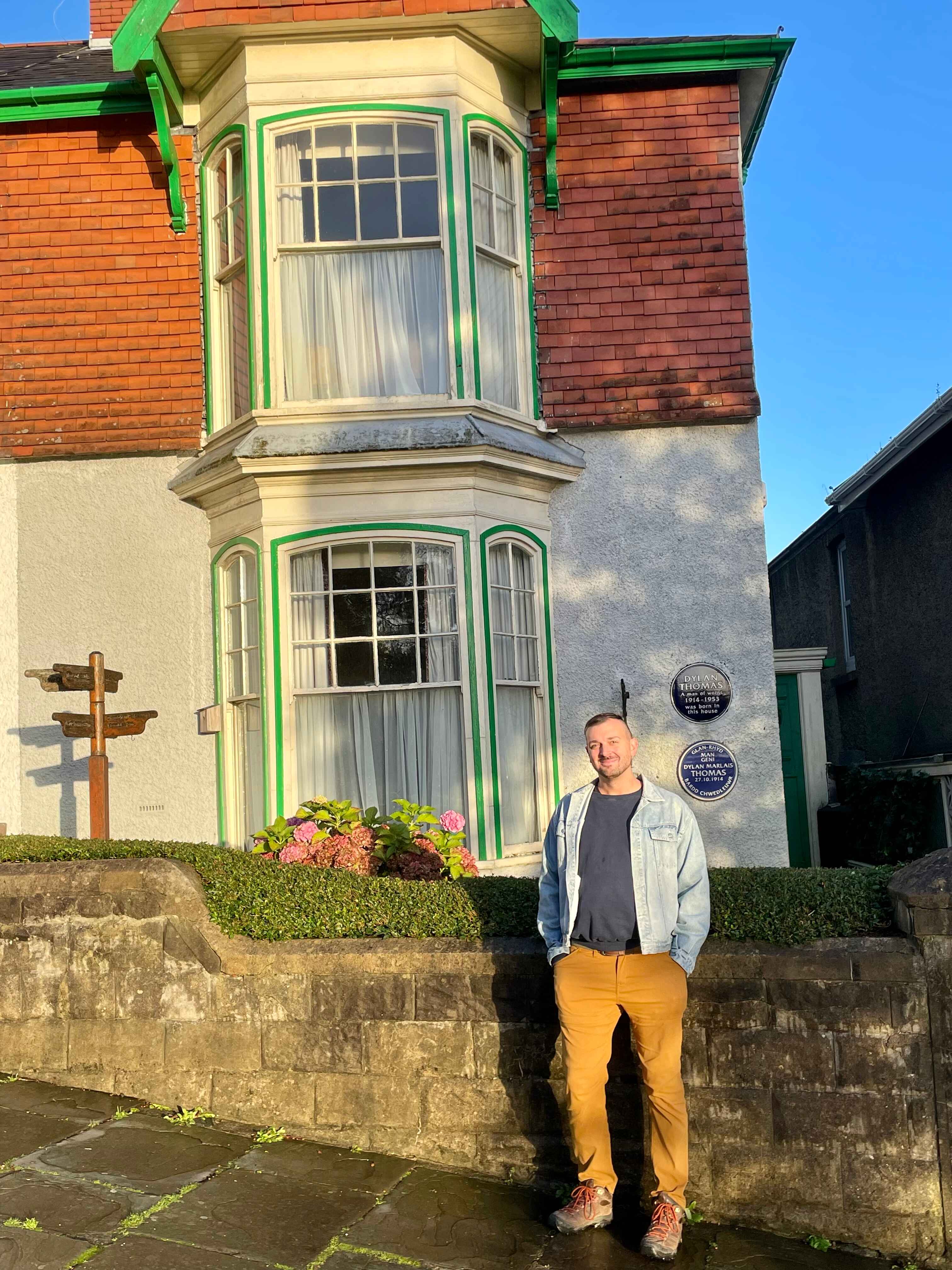
Next stop: Knighton.
Now, for the final day in Cymru, we’re starting our journey back north with another midway point: this time, on the eastern side of the country in Knighton. If you catch the 8:10 Heart of Wales line (direct), you’ll arrive before noon with plenty of time to enjoy the day.
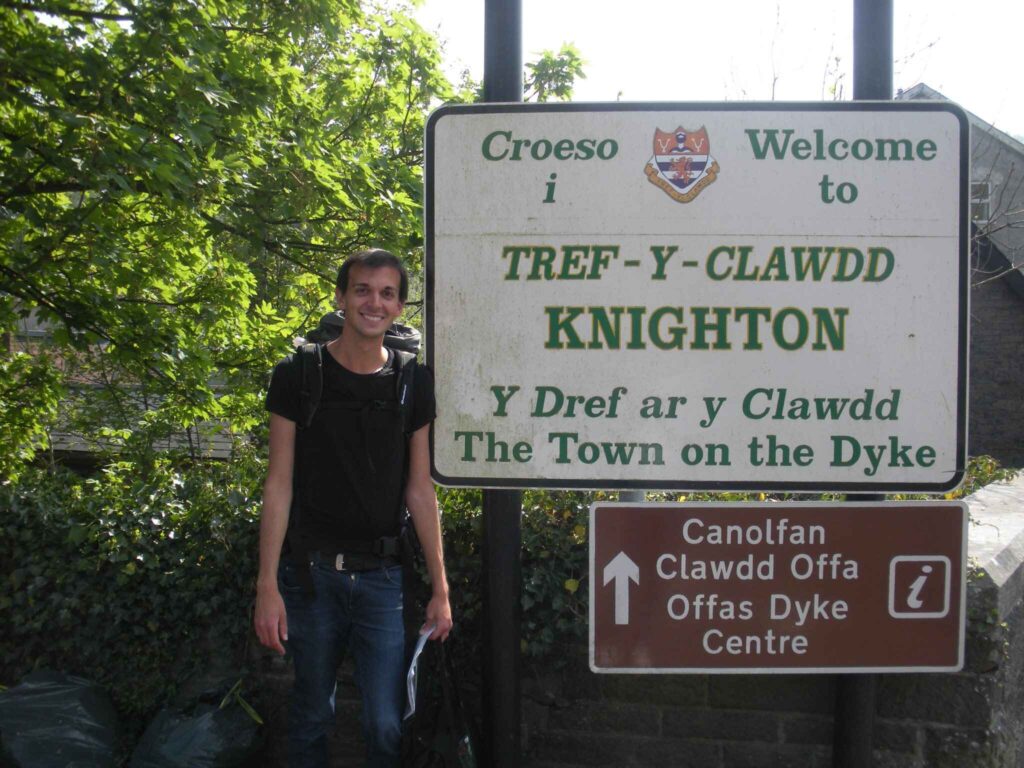
Day 7: Knighton (Tref-y-clawdd)
Alternative: Llandrindod
This is it. Your final day in Cymru. Having spent most of the week hugging the west coast, a stop in Knighton will give you a new, unexpected perspective before heading home.
The first thing you’ll notice when you arrive in Knighton is that your train arrives in England. Once you cross the bridge, however, you’re back in Wales.
A thousand years ago, this land was hotly contested. After conquering England, the Normans viewed Cymru a bit like the wild west. In an attempt to pacify aspirant lords greedy for land, the Marches (the border territory) were opened up for anyone who could subdue the locals (my ancestors).
That, however, was just the latest dispute. Centuries earlier, Offa, King of Mercia, built a wall nearly running the entire length of the Welsh border. Part of that wall ran through Knighton—Tref-y-clawdd, or “town on the dyke.” Offa’s Dyke.
Today, Knighton is home to the Offa’s Dyke Centre, open seasonally. If the centre is closed during your visit, you can always ask a local on how to access the path. Once when I stopped by off season, there was someone in the centre who welcomed us in even though they weren’t open.
This is a quiet corner of Cymru. An ideal place to reflect on your week before a busy day taking the train and ferry back to Dublin. If you have a hard time finding accommodation in Knighton, consider nearby Llandrindod as another option, which is connected by the Heart of Wales line.
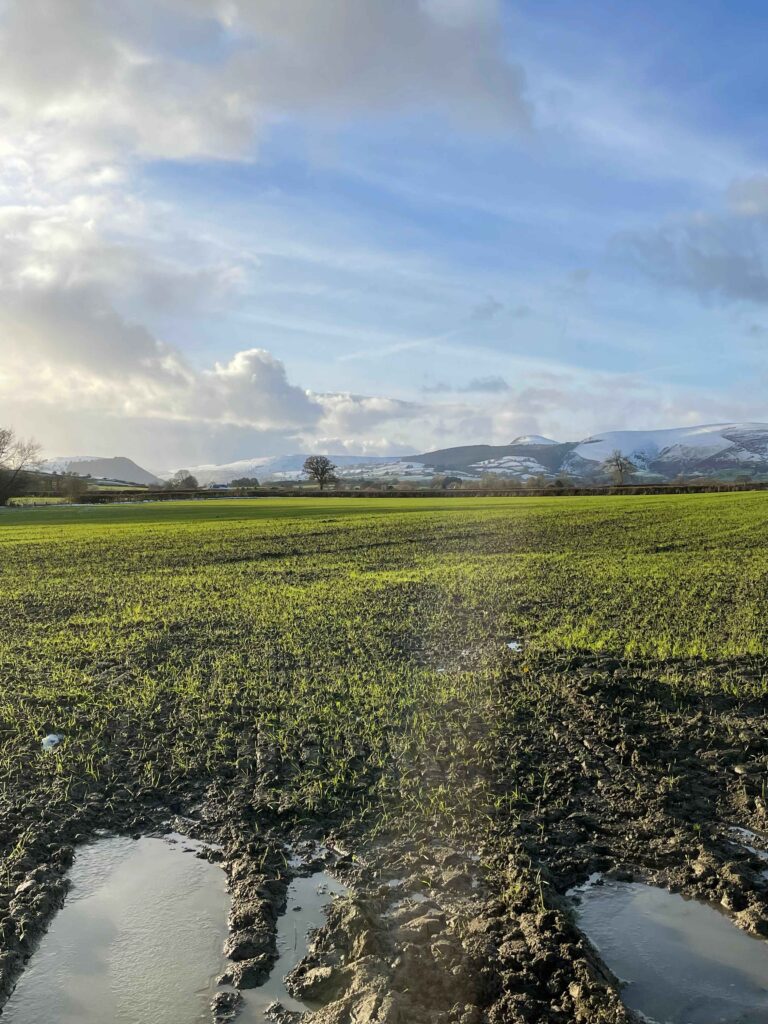
Next stop: Dublin.
If you’re heading home via Dublin, grab the train to Shrewsbury in the morning where you can change for a train to Holyhead with possible connections in Chester. If you’re leaving through London, you can also get a train from Shrewsbury via Crewe or Birmingham.
Needless to say, you can’t see it all in a week. There’s so much I’ve left off—I’ll try to cover some of it in my next post on a week in Wales by car.
If you enjoy my writing, please consider supporting me on Patreon for as little as $2/month!


